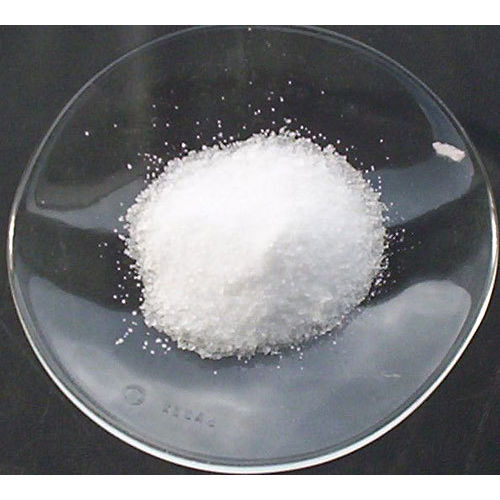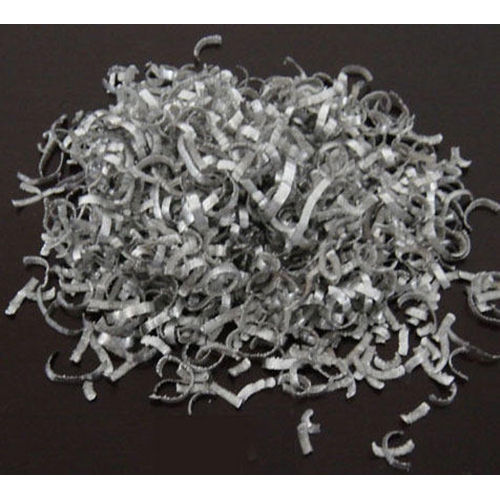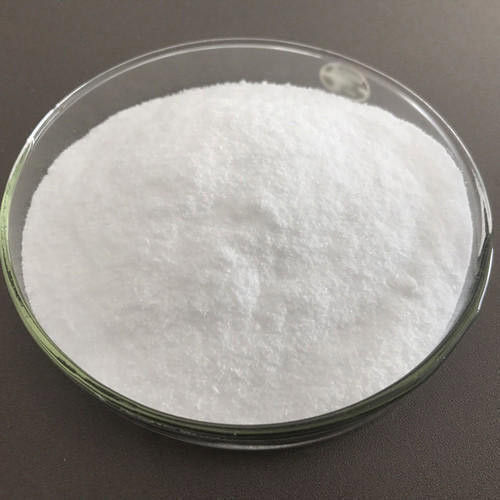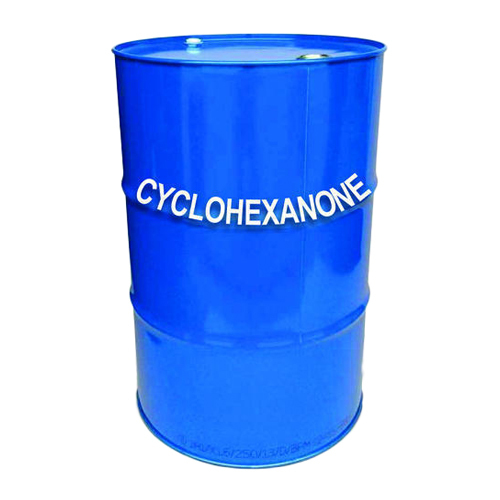Mon-Sat:10.00am to 7.00pm
Mon-Sat:10.00am to 7.00pm
Potassium Permanganate (KMnO4)
Product Details:
- Form Solid
- Storage Keep away from moisture
- Chemical Name Potassium Permanganate
- Grade Industrial Grade
- Click to View more
Potassium Permanganate (KMnO4) Price And Quantity
- 20000 Kilograms
- 85.00 - 110.00 INR/Kilograms
Potassium Permanganate (KMnO4) Product Specifications
- Potassium Permanganate
- Industrial Grade
- Solid
- Keep away from moisture
Potassium Permanganate (KMnO4) Trade Information
- 10000 Kilograms Per Week
- 1 Week
- Asia Australia Central America North America South America Eastern Europe Western Europe Middle East Africa
- East India Telangana Pondicherry Goa Assam Tamil Nadu Himachal Pradesh Dadra and Nagar Haveli Daman and Diu Andaman and Nicobar Islands Nagaland Odisha Karnataka Jharkhand Central India West India Tripura Punjab Andhra Pradesh Gujarat Kerala Delhi Lakshadweep Meghalaya Bihar Manipur Maharashtra Rajasthan West Bengal Arunachal Pradesh Chhattisgarh Mizoram Madhya Pradesh Uttarakhand Chandigarh Jammu and Kashmir Haryana South India Sikkim Uttar Pradesh North India All India
Product Description
Potassium permanganate can be prepared by reacting manganese dioxide with potassium hydroxide in the presence of an oxidizing agent such as chlorine. It is a strong oxidizing agent and should be handled with care, as it can cause burns and stains on skin and clothing. It should be stored in a cool, dry place away from organic materials, such as paper and wood, which can react with it.
FAQ
1. How long may potassium permanganate be used?
Ans - Remove from the water and pat the area dry after soaking for 10 to 15 minutes. As an alternative, we might advise soaking a piece of gauze in the solution and placing it on your skin for 10 minutes. Until the crying stops, we typically recommended that you perform this procedure once day, or as directed by your doctor.
2. What occurs to the water after potassium permanganate is added?
Ans - Potassium permanganate crystals cause the water to turn purple when they are added to it. This demonstrates the dissolution and spreading of the colour of potassium permanganate due to the diffusion behaviour of water and potassium permanganate particles.
3. How does skin react to potassium permanganate?
Ans - In contact with the dry crystals or concentrated solutions, potassium permanganate can cause skin irritation, redness, discomfort, burns, and hardening of the skin. Skin staining is possible even with diluted solutions.
4. What is the KMnO4 solution's stability?
Ans - Stable in air; breaks down at around 240 Deg C with the release of oxygen; releases chlorine when combined with hydrochloric acid; easily broken down by numerous reducing chemicals, such as ferrous salts, iodides, oxalates, etc., especially when an acid is present.

 English
English Spanish
Spanish French
French German
German Italian
Italian Chinese (Simplified)
Chinese (Simplified) Japanese
Japanese Korean
Korean Arabic
Arabic Portuguese
Portuguese




